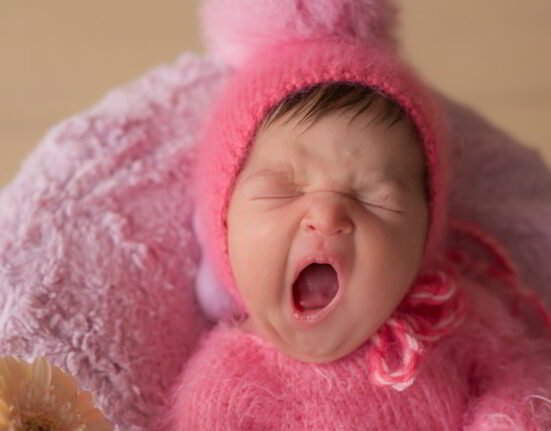I remember watching a video, where a girl is dressed up to make sure she appears like and a boy is dressed up like a girl in his outward looks for the study purposes. Participants in the study were made to interact with these children. Going by their appearances, the participants gave the girl child, pink colored,soft toys. The boy was given blue colored toys. After letting considerable time pass, it was revealed to the participants the sex of these children. The participants were astounded and shocked. Some of them even revealed that they presumed to be open minded, but such stereotypes on gender roles, existed within them unconsciously.
I have tried to put facts and my thoughts on gender stereotyping of toys and its impact on developmental patterns.Albert Einstein once said “Play is the highest form of research”. Playing broadens the child’s horizon to explore and enhance or restricts their ability to think. Play is essential to development as it contributes to the cognitive, physical, social, emotional growth and wellbeing of the child. During childhood, our early interactions revolve around our primary caregivers and toys. These interactions, later, form the basis for our personality development.Dr. Spinner a developmental psychologist, through his study, demonstrated how “masculine toys” like the puzzles and the blocks stimulate the growth of visual and spatial skills, while “feminine toys” encourage communication and social skills. This helps the child recognize gender play and behavioral similarities.
As children we have played “teacher-teacher”, “doctor-doctor”. This form of imitative play encourages children to develop clear ideas about the jobs that are suitable for boys and girls. Early childhood, most girls spend time playing with Barbie dolls. The effects of Barbie and body image run deeper than one can imagine. Themes of glamour and beauty color the child’s perception toward outward appearance. Studies have time and again pointed that while a child tries to match a Barbie doll with respect to appearance, they are more likely to be mal nourished. A study revealed that girls who engaged with Barbie dolls reported lower body image and reflected a greater desire to be thinner. Similarly, boys who were found playing with unrealistically muscular action figures reported decreased self-esteem.
Have you observed, in cartoons too, the hero is always a male. He is the one with muscles, and who is always at the rescue. Such themes, make children picture a man to be always strong, well-built and they should never fail.
Somewhere by reinforcing these patterns of plays, we may be teaching children that you need remain strong no matter what, never fail, never cry. In contrast, we need to teach children to accept failure, we are not all strong and it is okay not to be okay and it is perfectly fine to cry. Research has demonstrated how, when we are overwhelmed the amygdala is activated. Further the brain sends signals to our nervous system and tears are involuntary response. Tears help in emotional regulation, wherein they produce pain killing chemicals and also release mood boosting chemicals.I am not advocating crying as a coping mechanism, but I am suggesting that it is not wrong to cry. Girls are made to look submissive, and expected to be more nurturing. It is widely believed that strongly gender stereotyped toys are less likely to support optimal development than neutral or moderately gender based toys. If we boil down to the origins of mankind, such stereotypes have evolved with time. A very interesting finding that I came across was, in a study it was found that male monkeys, similar to boys, showed strong preferences for wheeled toys, while female monkeys, like girls showed greater variability in preferences. Is there a biological basis? For certain I don’t know, but here is something I came across. There are common hormonal mechanisms underlying sex differences. Girls with CAH (congenital adrenal hyperplasia) show a strong preference for “male” like toys.
In general, toys mostly associated for boys relate to fighting or aggression. On the other end of the spectrum girl toys are mostly related to physical attractiveness, nursing and domestic skills.
Marketing takes a toll on our rationality. Our purchase of toys is often based on their attractiveness, and we often avoid considering their usefulness. This segregation of ail is also a reflection of the society in which gender inequality is normalized. This might lead to Children basing their behavior thinking along the lines that such disparities are unquestionably natural. Its high time we reconsider the effect of stereotypes in play.












Leave feedback about this